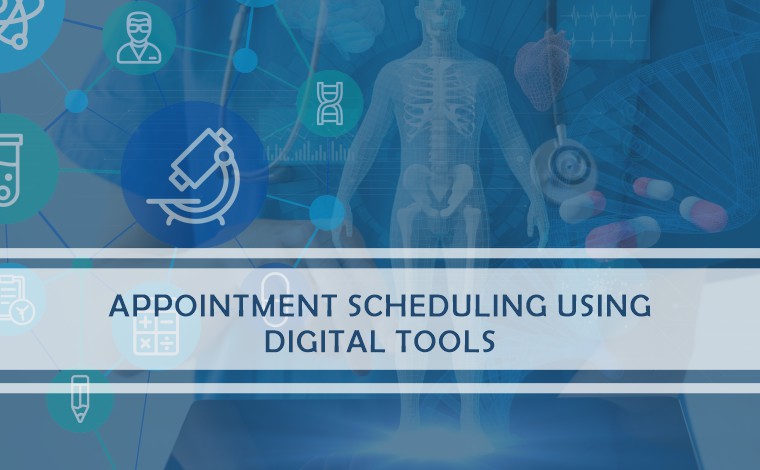


Time is one of the most valuable resources in healthcare, both for providers and patients. The efficiency of a healthcare organization’s scheduling system plays a critical role in optimizing this precious time. Digital health tools have immense potential to enhance our ability to accurately diagnose and treat illnesses, ultimately improving the quality of care for patients. These technologies leverage computing platforms, connectivity, software, and sensors to revolutionize healthcare and its related services. The pace at which digital technologies are transforming healthcare is unmatched by many other industries.
On one hand, we have an array of devices tailored for diagnosis, monitoring, treatment, and patient care. On the other, advancements in Big Data, computing, the Internet of Things, machine learning, and digitally enhanced staff training are reshaping the industry with countless innovative applications. The advantages of digital tools in healthcare—often referred to as health information technology—are abundant.
To start, digital tools enable healthcare providers to efficiently store and access patient health records. They also facilitate clearer communication of patient information through easily interpretable formats, significantly reducing the risk of medication errors. Furthermore, these technologies allow for quick retrieval of patient information from databases without the need for new health checks. All of these advancements share a common goal: to enhance health outcomes and ensure patient safety. Medical technology tools are essential in protecting patient safety through various means, such as alerts for medications, flags and reminders for consultations, and easy access to patient data. Notably, alerts can help patients adhere to treatment plans and therapy schedules. Additionally, electronic documentation promotes consistency in practice across all healthcare providers, and Electronic Health Records (EHRs) improve the care provided for common conditions based on historical evidence.
However, the issue of patient identification is often unstandardized, creating challenges in accurately linking individuals with their records. While anyone can enter data into a patient’s EHR, retrieving that data can be difficult. Addressing interoperability issues requires broad changes across the industry. One potential solution is adopting cloud-based EHR systems that centralize databases while maintaining necessary security measures.
The integration of technology in medicine comes with a significant learning curve. Those who could benefit the most may not have the time to learn how to use it effectively. A lack of proper understanding can lead to errors and malpractice among practitioners. This challenge must be confronted by hospital administrators, medical professionals, and IT teams alike. Technology is set to transform the medical field for many years to come, and those who fail to adapt may find themselves struggling to keep pace with the rapid innovations reshaping healthcare.
This efficient scheduling system not only protects patients’ valuable time but also alleviates the scheduling demands placed on healthcare organizations. By streamlining the appointment booking process, patients can engage more easily with healthcare providers, increasing the likelihood that they will follow through with scheduling and attending their appointments.